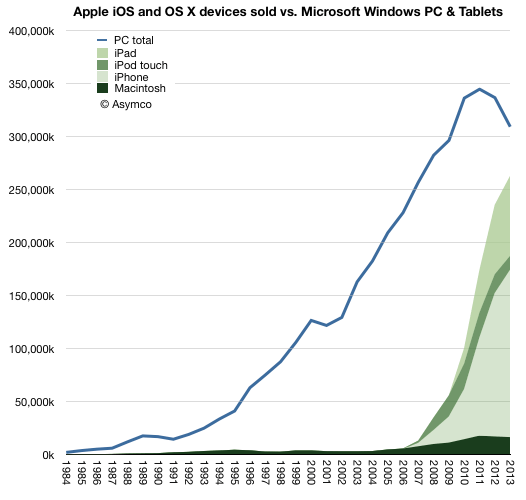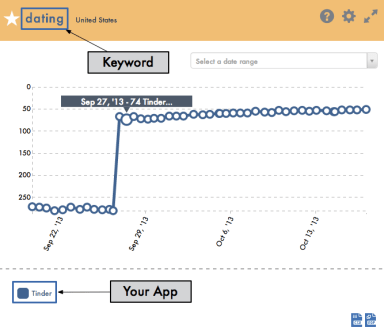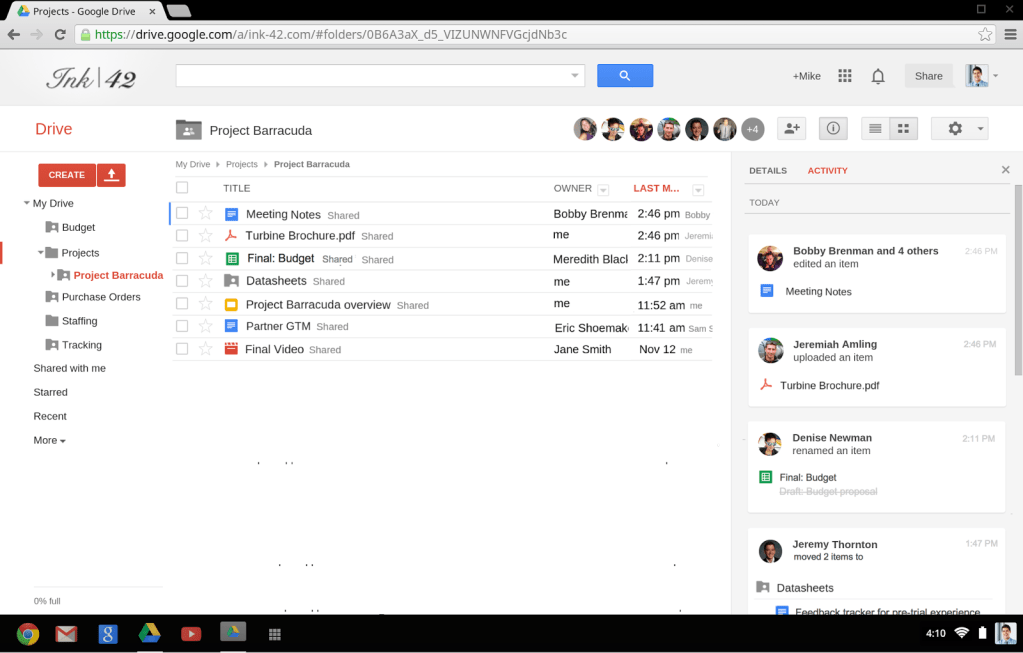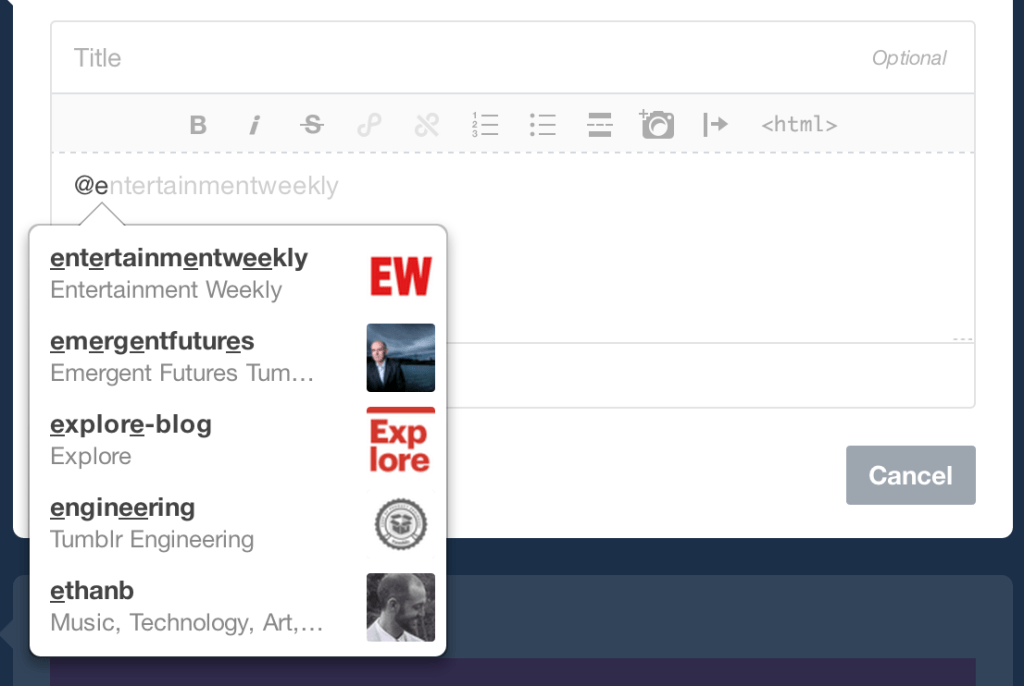
Horace Dediu of Asymco does good work. Yesterday he published a thought-provoking article entitled “When Apple reached parity with Windows,” which immediately caused readers to lose their minds. Dediu set up a very specific analytical perspective: Windows-based PCs compared to Apple’s more diverse lineup of tablets, phones, mobile computing devices (the iPod Touch), and Macintosh PCs.
When comparing the two, declines in the larger Windows PC market lead to a unit volume chart for Microsoft that rises inexorably and then falls. That decline is compared to the aggregate unit volume of Apple’s computing products, making a graph that depicts an ascendant Apple and a troubled Microsoft:

As far as charts go, that’s a doozy. It says that Windows-based PCs dominated computing for decades until Apple founded several new device classes, thereby exploding its volume and, perhaps, putting it in a position to possibly overtake Windows this year.
Dediu looks at changes in the computing market through the lens of new buying patterns. Now that every individual can make computing device purchase decisions, the advantage that Windows-based machines had selling to large customers and governments is in decline:
We have to understand that the Windows advantage itself came from the way computing was purchased in the period of its ascent. In the 1980s and 1990s computing platform decisions were made first by companies then by developers and later by individuals who took their cues from what standards were already established. As these decisions created network effects, the cycle repeated and the majority platform strengthened. […]
Ultimately, it was the removal of the intermediary between buyer and beneficiary which dissolved Microsoft’s power over the purchase decision. It’s not just unlikely that this situation will be reversed, it’s impossible.
That analysis is worth considering because it underscores the rising trend of Bring Your Own Device, or BYOD, that is changing the face of computing inside large companies.
Aggregate Volume
While Dediu has made interesting points, and I think highlighted trends worth considering, I would augment his analysis slightly.
He compares “platforms” but does so in a way that I find too narrow. If we want to compare devices built by two companies and how they reflect changes in purchasing trends and the like, I think that we should broaden his definition of Windows.
As Microsoft moves to unify its various platforms, we need to expand what counts as a Windows machine. Windows Phone and the Xbox One, for example, depend on Windows code to run. And, as Microsoft’s hinted-at plan to unify Windows RT and Windows Phone continues, the difference between a Windows Phone handset and a Windows tablet becomes incredibly blurry.
I think that we should count Windows Phone handsets and Xbox One consoles as Windows machines, because they are.
The question is simple: Is aggregate Windows unit volume declining, as the above chart indicates, or are we more so seeing a slowdown in Windows-based PC shipments that is offset by new, less traditional machines?
Before we get to that, I don’t dispute that Apple has shown incredible growth, nor am I trying to denigrate it as a company. Instead, I want a clearer picture of Microsoft and Apple’s current aggregate platform device volumes to better understand their market position.
Here’s Dediu on the PC market in recent years:
In 2013 there were 18.8 times more Windows PCs sold than Macs. This is a reduction in the Windows advantage from about 19.8x in 2012. This decline is mostly due to the more rapid decline in Windows PC shipments relative to the more modest decline in Mac unit shipments. Gartner estimates that about 309 million Windows PCs were shipped, down from 337 million in 2012 (which was down from 344 million in 2011, the year PCs peaked.)
So, discounting non-traditional Windows-based devices, Windows saw its unit volume in the PC market decline by about 28 million from 2012 to 2013. That’s no small number, and it illustrates just how rough the PC market has been for Microsoft and its OEM partners.
The Xbox One sold 3 million units in 2013, a small figure, but given its limited sales window, it is a workable sum.
Windows Phone is harder to calculate. Nokia sold 5.6 million Lumia handsets in the first quarter of 2013, 7.4 million in the second quarter, 8.8 million in the third quarter, and a yet to be determined number for the final quarter. Let’s be conservative and say 10 million, giving Nokia less growth in the holiday season than it managed between the second and third quarters of the year.
That yields a 31.8 million device figure. Nokia is around 90 percent of the Windows Phone market, so given that sales figure for the one company, we can presume total global Windows Phone sales of 35.3 million. Add the 3 million Xbox One consoles sold and we have a tally of 38.3 million devices. Keep in mind that this number is slightly conservative, given that Microsoft said that it sold “over” 3 million Xbox Ones, and we presumed very moderate growth for Nokia in the final quarter of the year.
The 38.3 million non-traditional, Windows-based device unit volume figure is larger than Dediu’s calculated decline in the PC market of 28 million. So, instead of his graph going down, if we take a more holistic look at what constitutes a Windows machine, we see Microsoft’s total unit volume growing by around 10 million or so in the year.
Of course, that does nothing to diminish Apple’s tear in the device space, but it does increase the delta between their aggregate volumes, and could forestall Apple’s overtaking of Microsoft’s diverse Windows platform for a short spell.
The PC market is expected to post a moderate decline of 3.8 percent or so this year if I recall correctly. Presuming a decent year of Xbox One sales (10 million units?), and continued growth of the Windows Phone platform, it seems reasonable to forecast another year of rising device volume for Windows.
Apple, especially if it launches a new device class, could pass Microsoft this year in the platform wars, but we’ll have to keep an eye on its growth rates.
And finally, all the above is almost moot, given the comical rise of Android, something that is spanking both Cupertino and Redmond alike.
Top Image Credit: Flickr









 Today, MobileDevHQ CEO Ian Sefferman says his platform has seen over 30,000 sign-ups to date, and while the company won’t disclose the number of enterprise customers, he would say that the number has increased by 100% over the last couple of months.
Today, MobileDevHQ CEO Ian Sefferman says his platform has seen over 30,000 sign-ups to date, and while the company won’t disclose the number of enterprise customers, he would say that the number has increased by 100% over the last couple of months. This was one of the most requested features by enterprise customers, says Sefferman. “They are often using a dozen or more different services and this allows them to bring back that data into a single dashboard to get a holistic view of their performance: Top Charts rank, Search Ranking, competitive intelligence, downloads, revenue, paid vs organic performance, and so on,” he explains.
This was one of the most requested features by enterprise customers, says Sefferman. “They are often using a dozen or more different services and this allows them to bring back that data into a single dashboard to get a holistic view of their performance: Top Charts rank, Search Ranking, competitive intelligence, downloads, revenue, paid vs organic performance, and so on,” he explains.





 Still, daily active user (DAU) count is trending downward according to Moore’s findings. That’s also to be expected after a high-profile launch, but Moore has found that people answering questions is dropping at a quicker pace than is the number of those doing the asking. He ascribes this to increasing specificity and difficulty in the type of questions being asked as people get used to the service, leading to harder answers. If Jelly can’t provide answers for the questions that members are asking, that doesn’t bode well for long-term viability.
Still, daily active user (DAU) count is trending downward according to Moore’s findings. That’s also to be expected after a high-profile launch, but Moore has found that people answering questions is dropping at a quicker pace than is the number of those doing the asking. He ascribes this to increasing specificity and difficulty in the type of questions being asked as people get used to the service, leading to harder answers. If Jelly can’t provide answers for the questions that members are asking, that doesn’t bode well for long-term viability. To make sure that people are happy with both the question and answer part of their Jelly experience, it may be useful for the startup to look at what kind of questions are being asked most frequently, and somehow encourage more answers for the more popular types of queries. Once people do answer, they keep coming back to answer more, after all.
To make sure that people are happy with both the question and answer part of their Jelly experience, it may be useful for the startup to look at what kind of questions are being asked most frequently, and somehow encourage more answers for the more popular types of queries. Once people do answer, they keep coming back to answer more, after all. It’s early days yet for Jelly, and this data may not be providing a complete picture, coming as it does from these unexposed API endpoints. But it’s probably fair to infer that the trends Moore identifies are at least on the right track. Jelly has an interesting model, and one that requires a different kind of engagement from other popular social tools like Twitter and Facebook, but it’s still working out its place in the market, so we’ll be watching to see how community interaction develops in the coming weeks.
It’s early days yet for Jelly, and this data may not be providing a complete picture, coming as it does from these unexposed API endpoints. But it’s probably fair to infer that the trends Moore identifies are at least on the right track. Jelly has an interesting model, and one that requires a different kind of engagement from other popular social tools like Twitter and Facebook, but it’s still working out its place in the market, so we’ll be watching to see how community interaction develops in the coming weeks.









 To date, Tumblr, if anything, has downplayed its social components, leading third parties like
To date, Tumblr, if anything, has downplayed its social components, leading third parties like